Small and mighty
- Barbara Seith

- Jul 14
- 2 min read
Small birds are a challenge to identify and have to be pretty hardy to survive. They can be prey for mammals, reptiles and their own kind. Yet they survive and thrive - mighty and lovely.
Ashy Flycatcher - These insectivores are characterized by their habit of perching in an exposed spot and then flying out to catch insects in mid-air. Used to be called a Blue-grey Flycatcher.
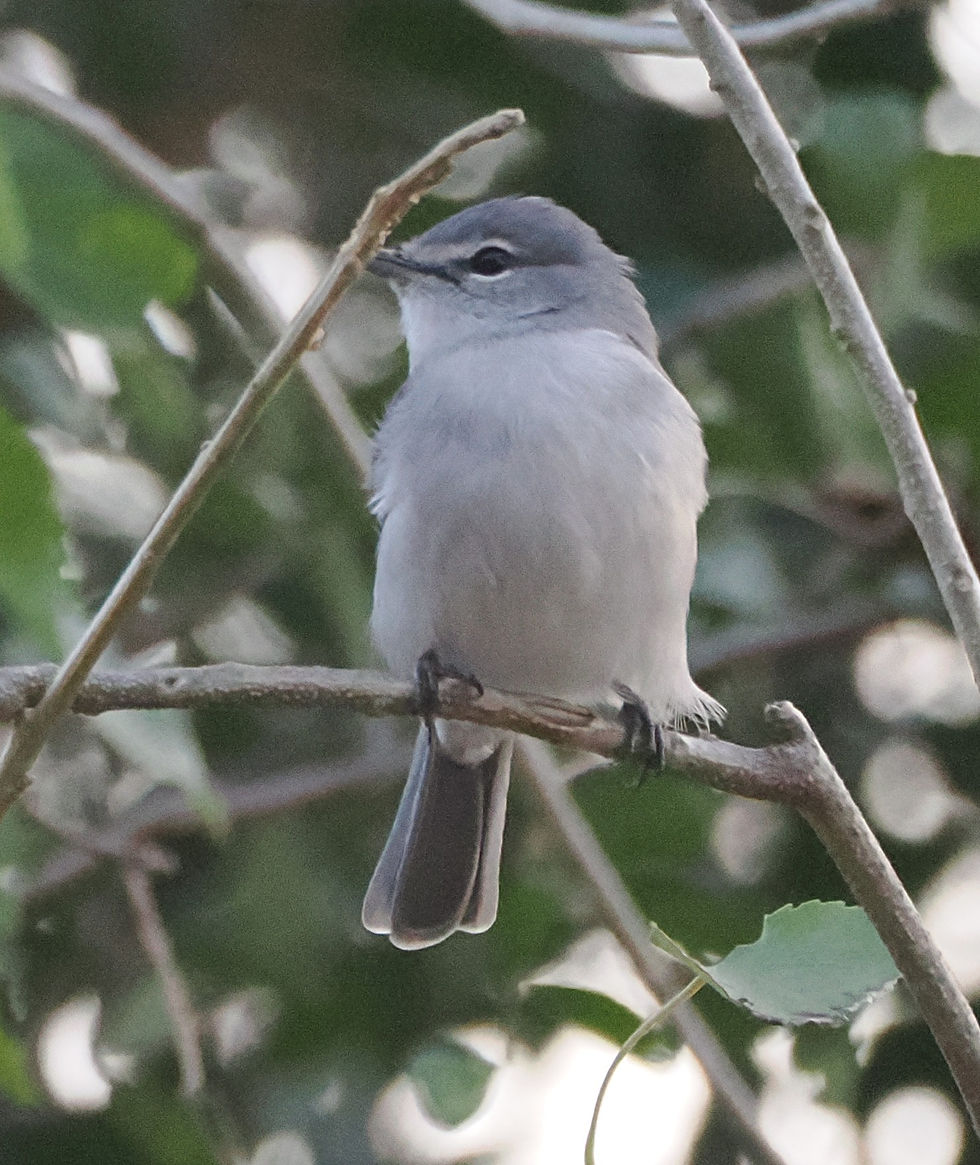
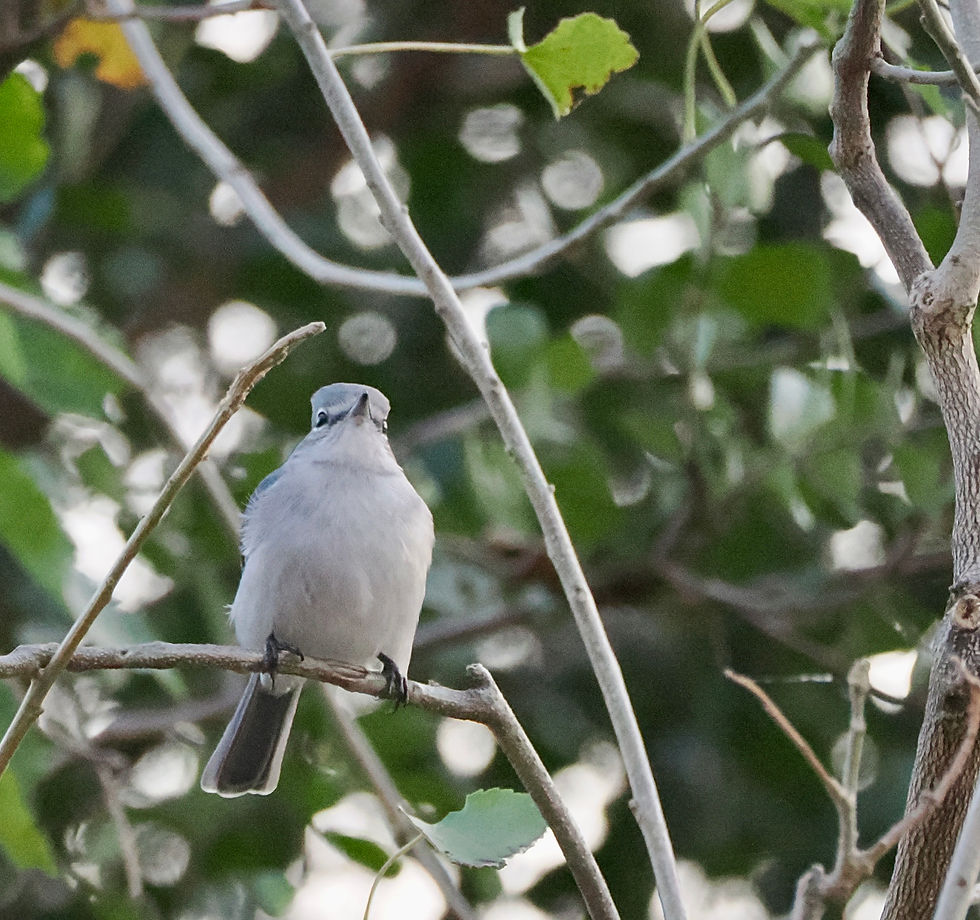

Southern Black Flycatcher - Looks a good deal like a Fork-tailed Drongo except no forked-tail and a black vs red eye.
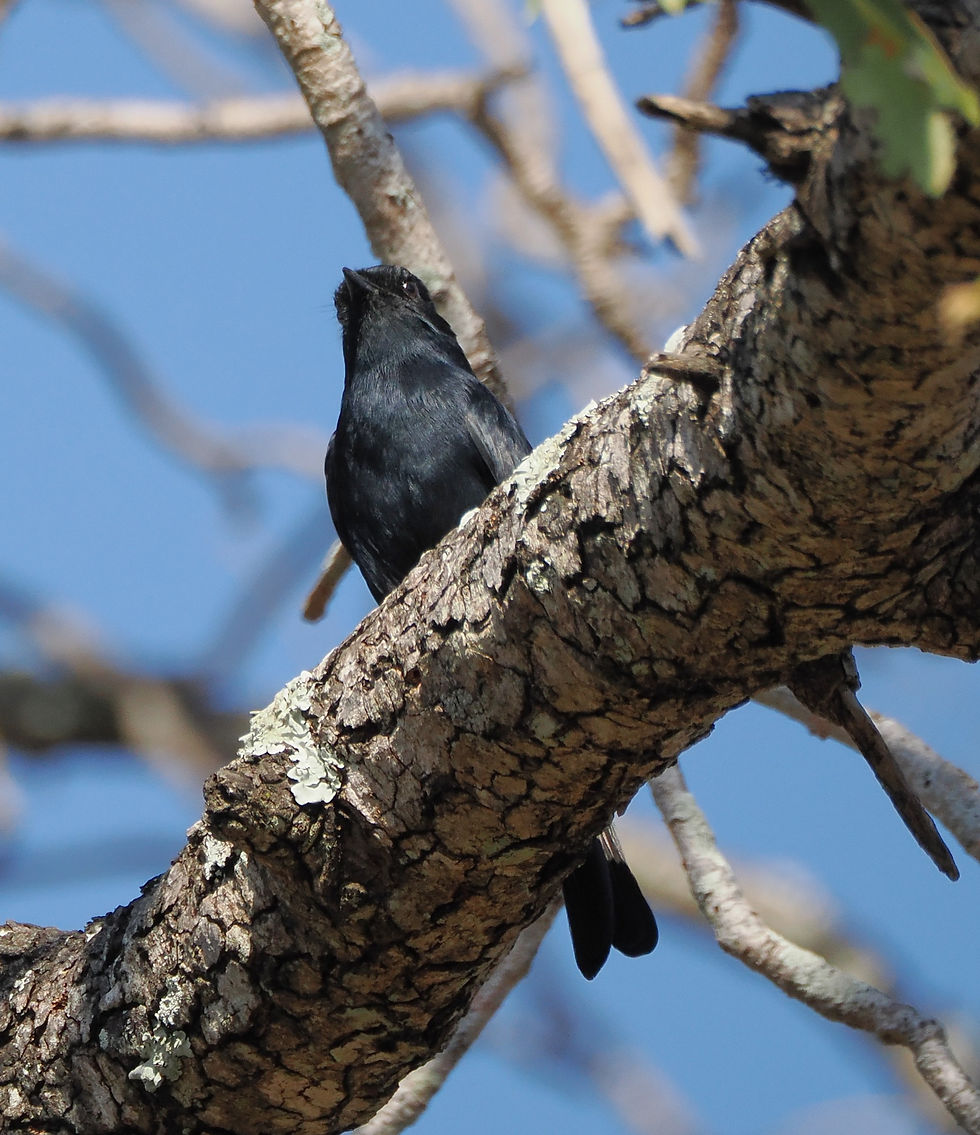
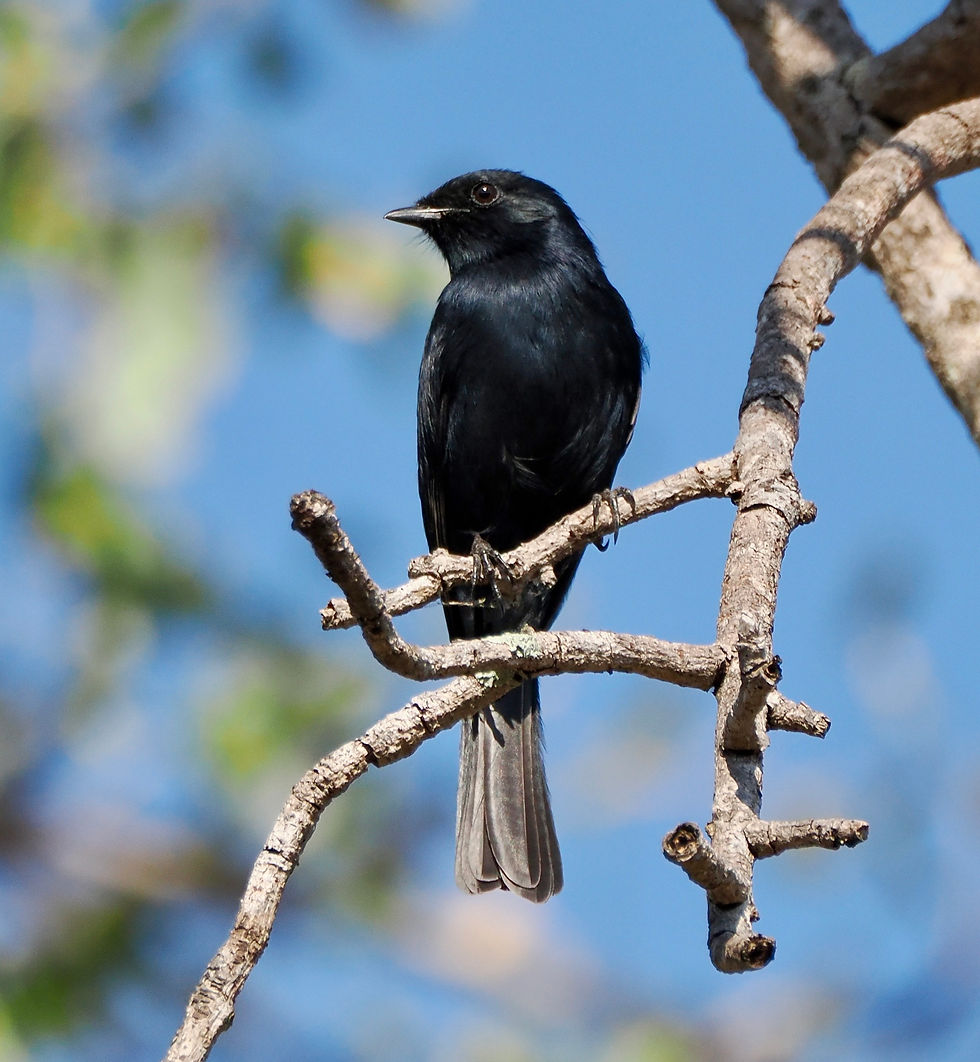
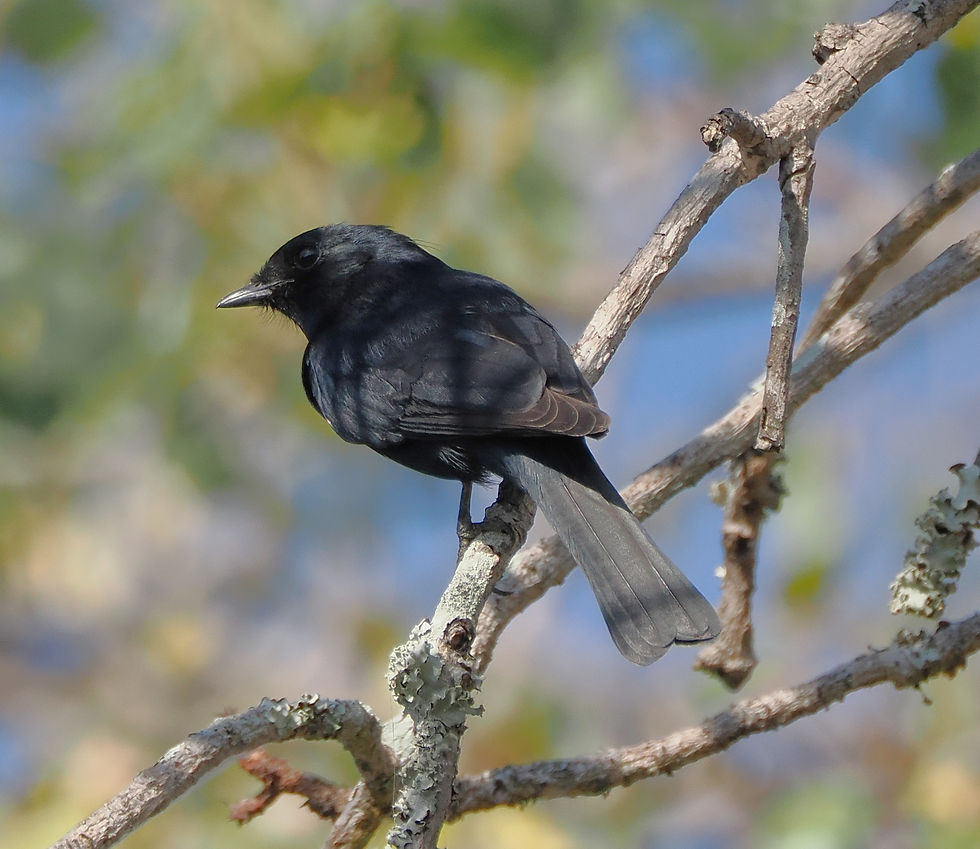
Southern Black Tit - an acrobatic feeder often hanging upside down.
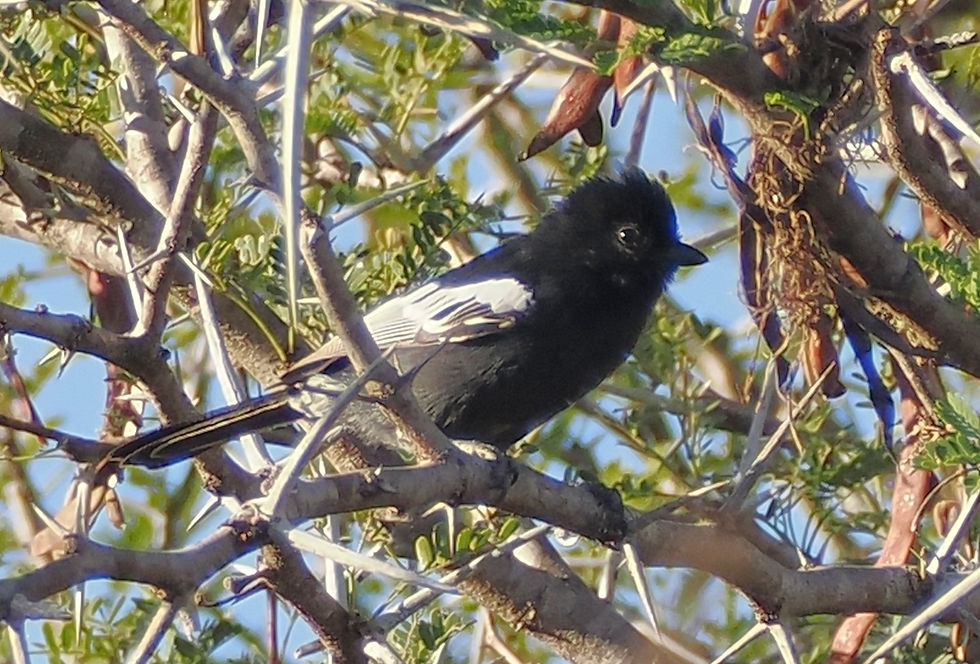
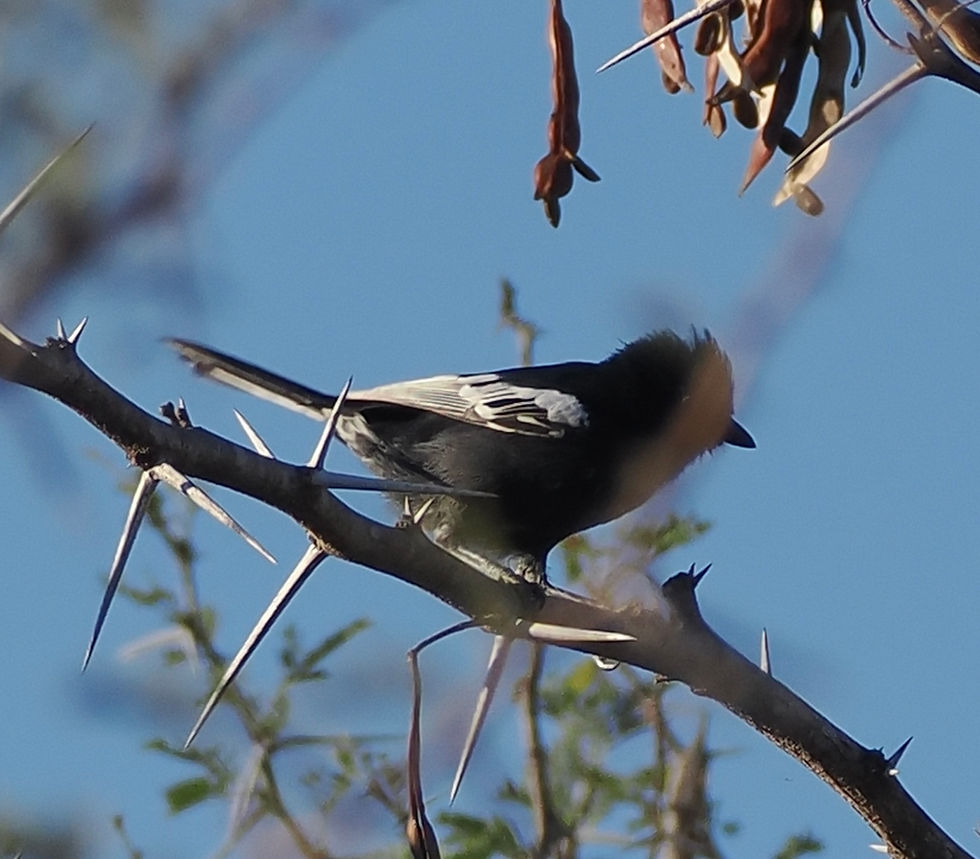
African Penduline Tit - only about 3 inches long, this is an active bird that is acrobatic and bouncy.
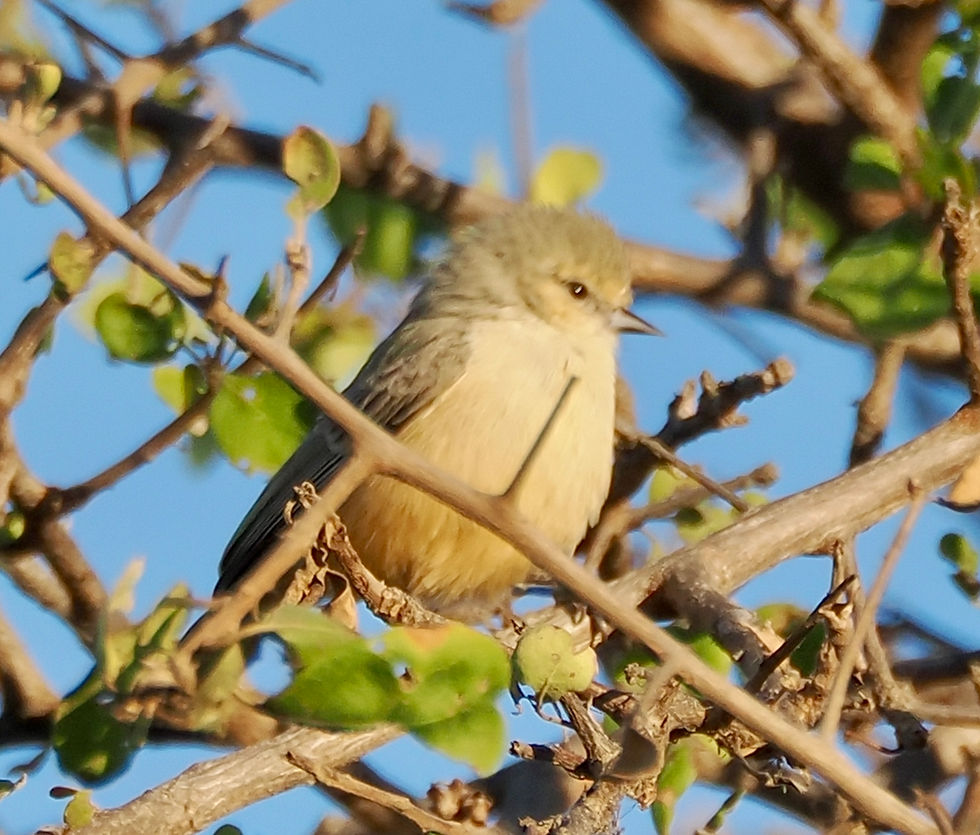
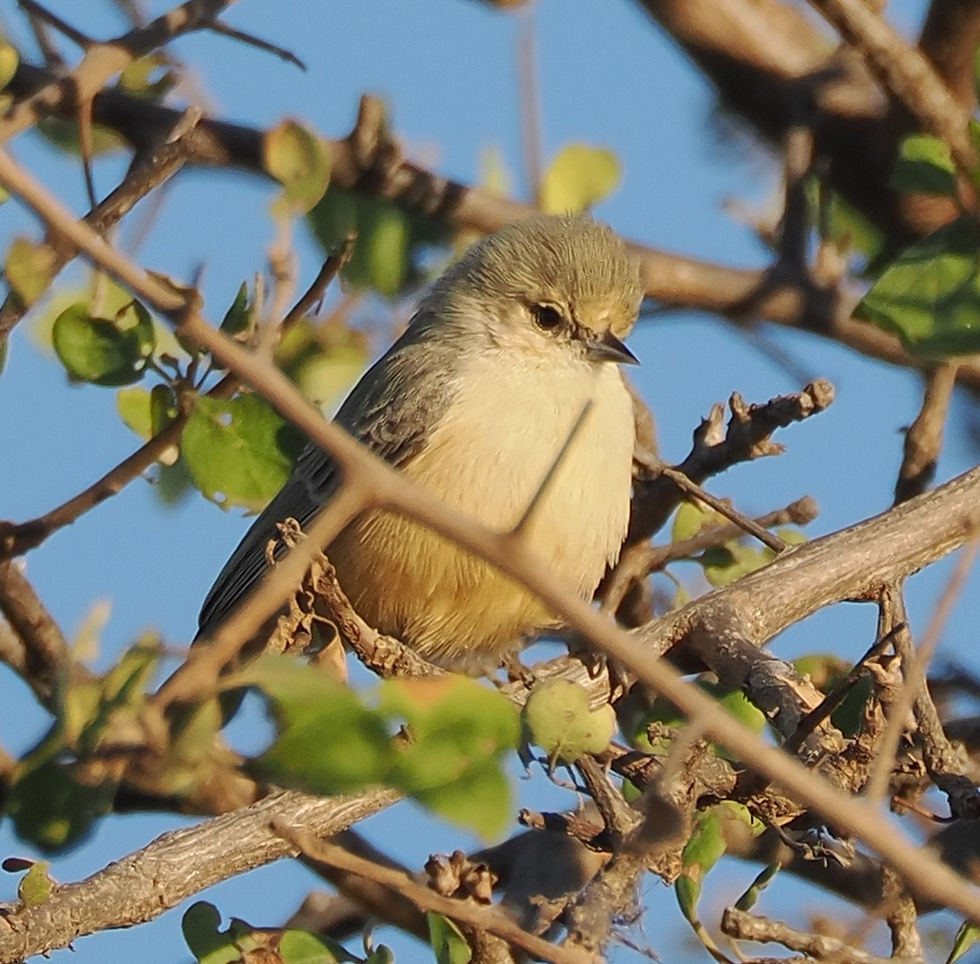
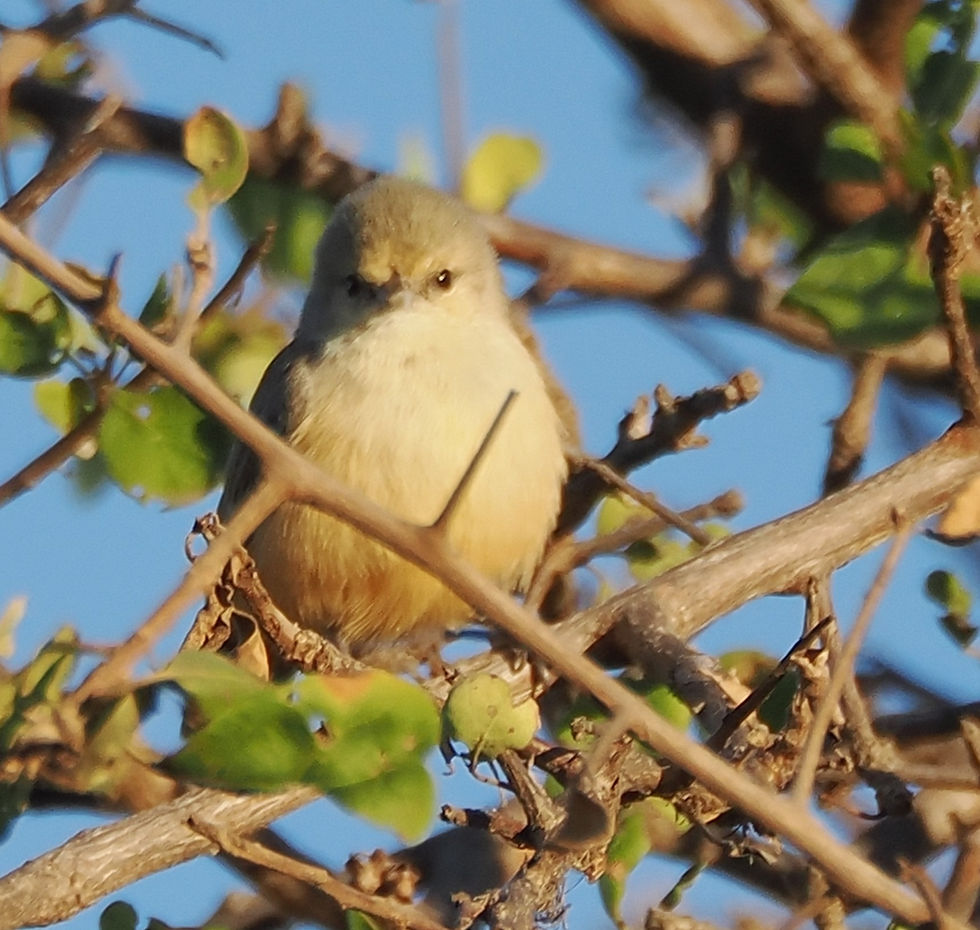
Black-backed Puffback - Displaying males puff up their back feathers into a puffy white ball. They have a fiery red-orange eye. Often found in the mobbing Pearl-spotted Owlets.

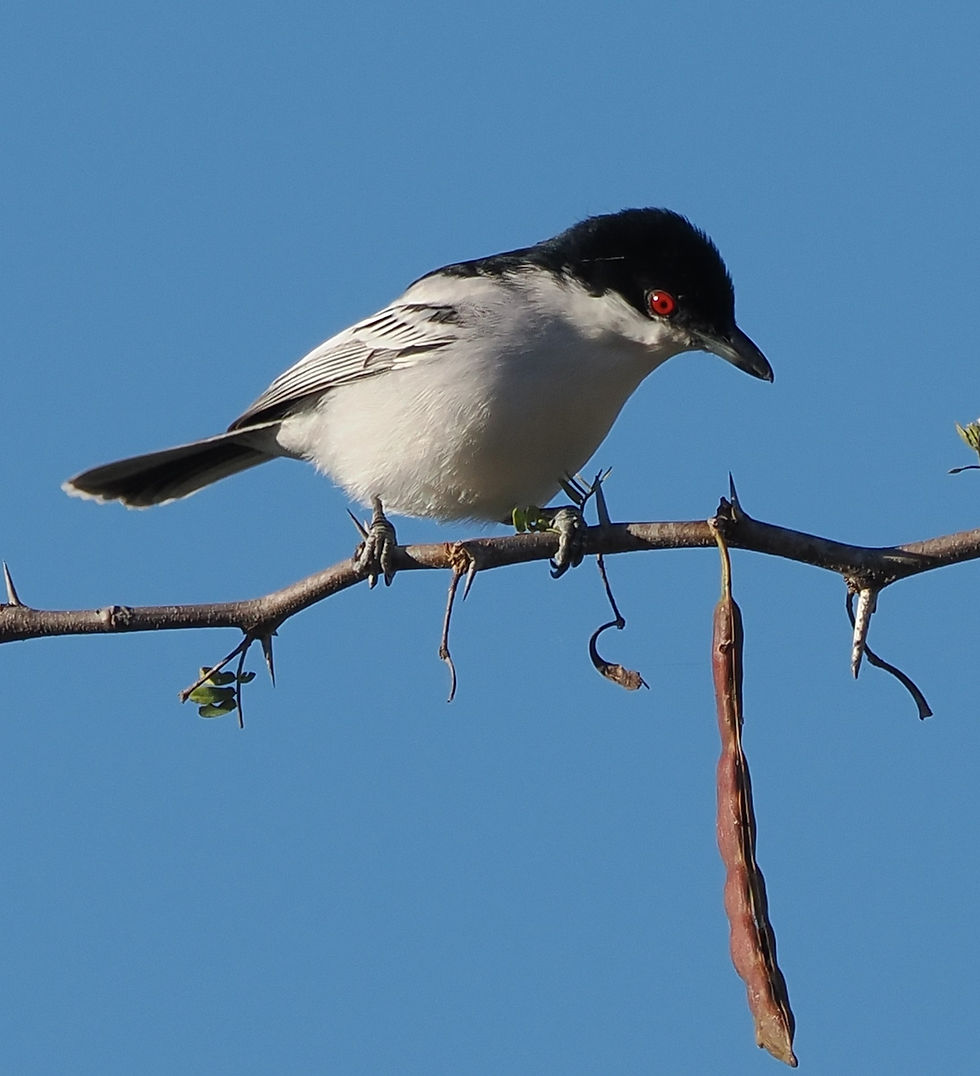
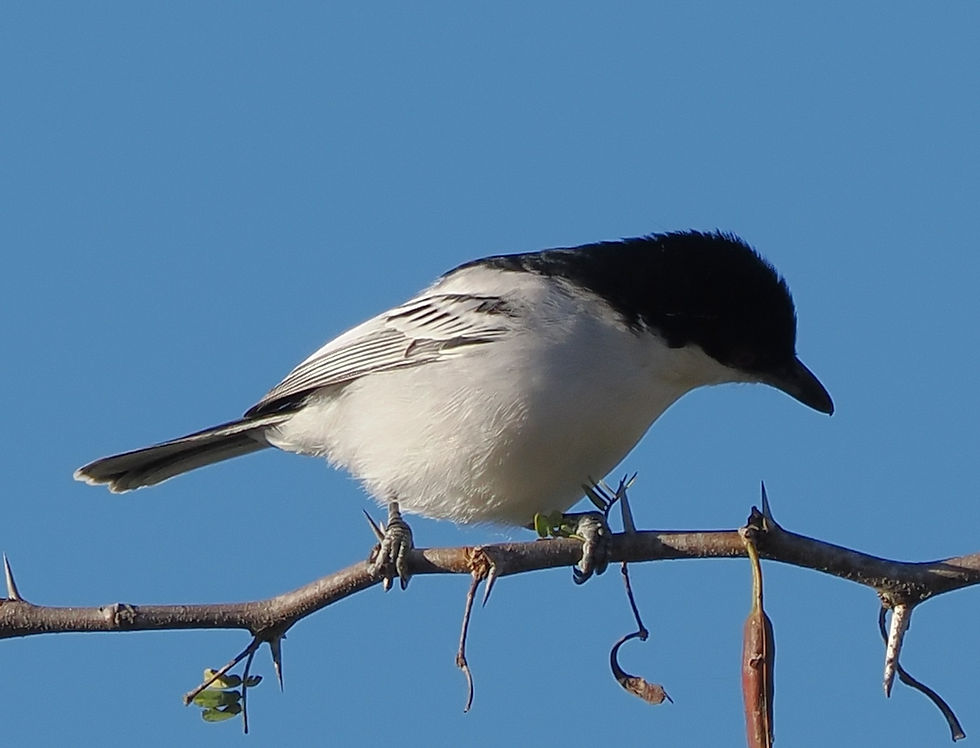
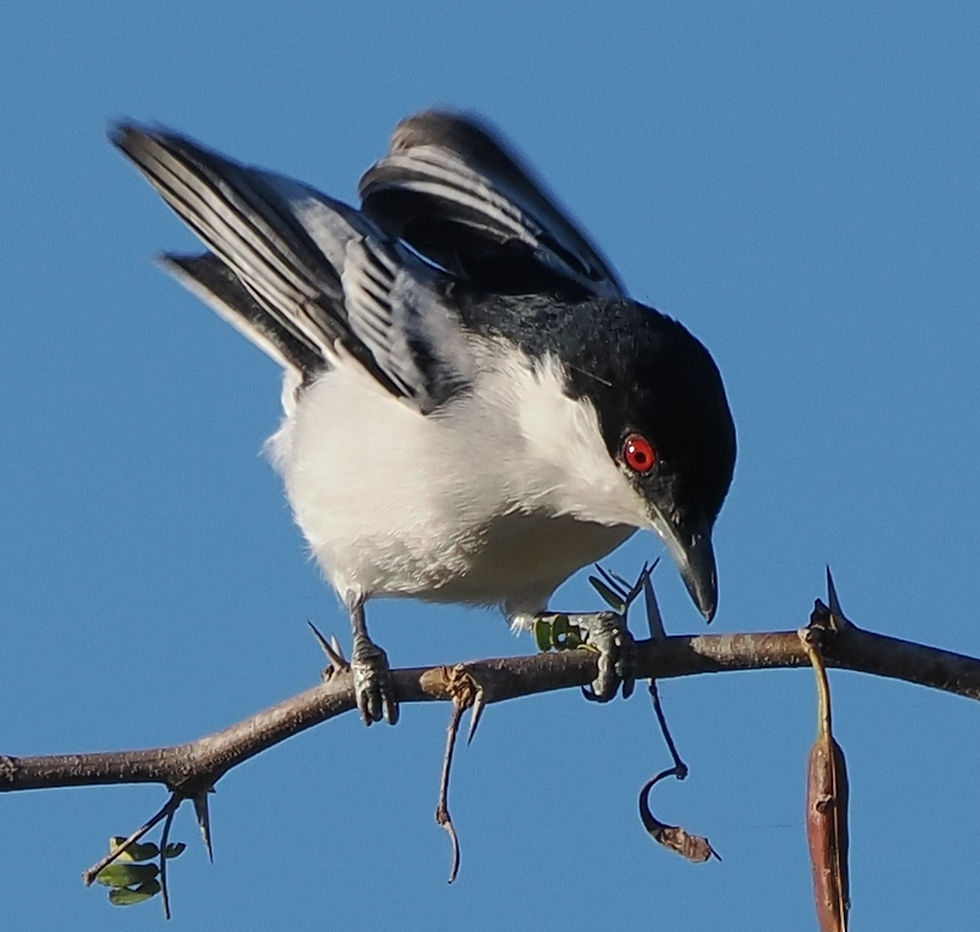
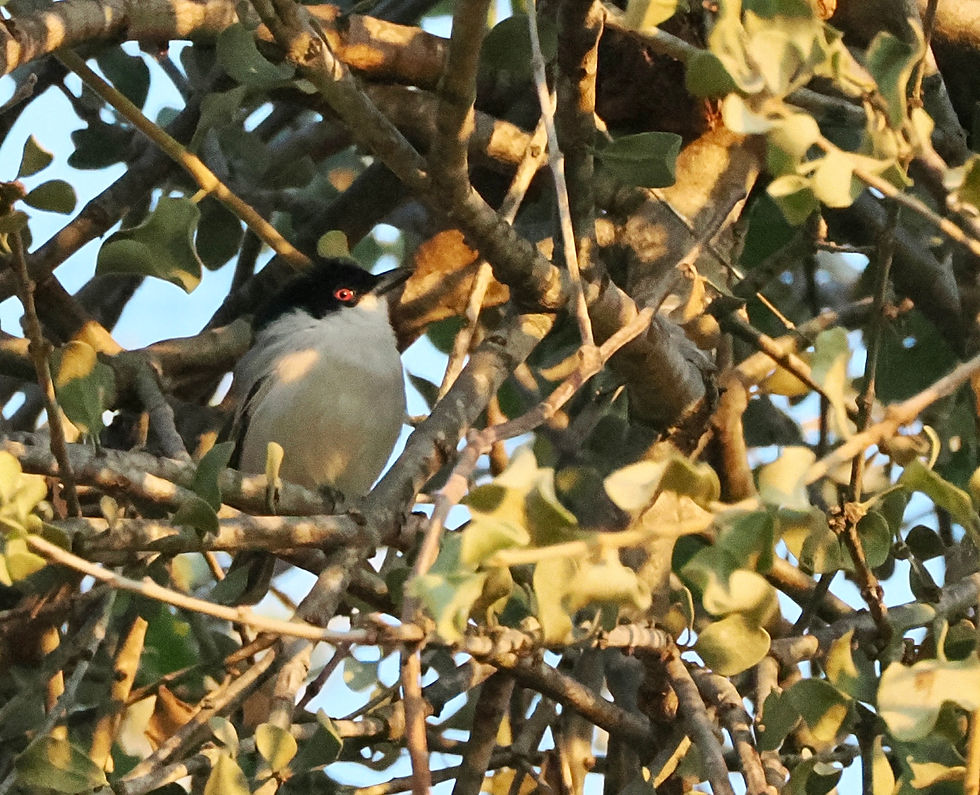
Burnt-neck Eremomela - searches through the canopy of thorn trees for insects. Often joins other birds in groups in trees.
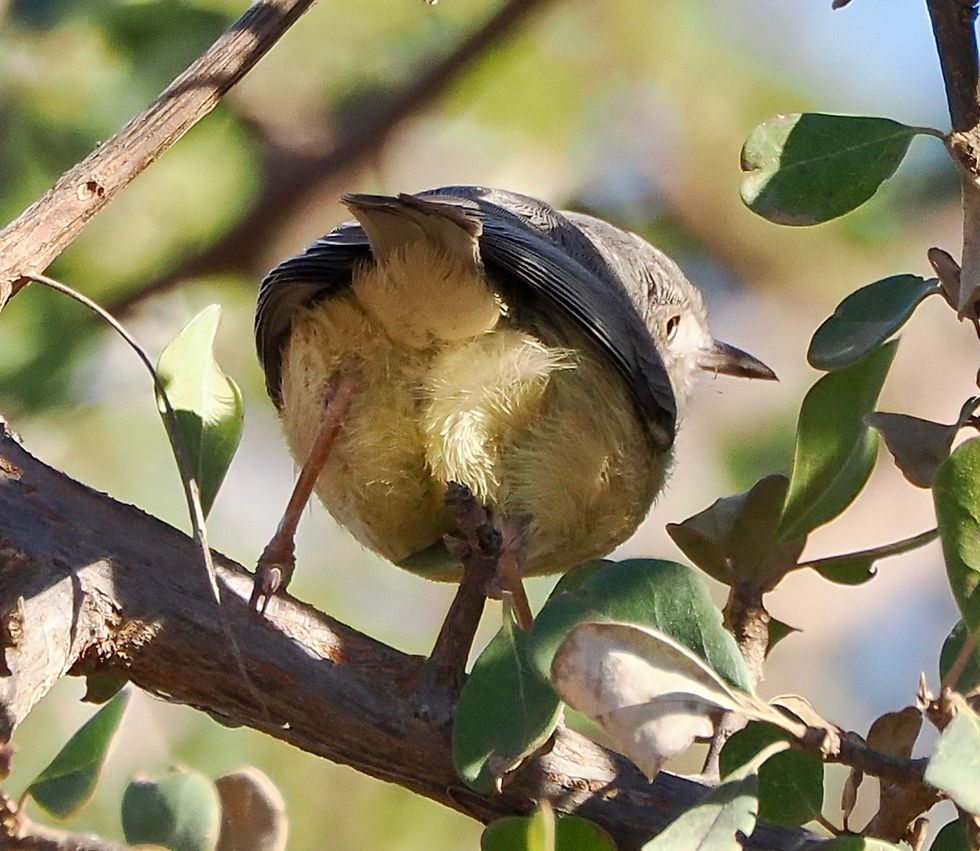
Blue Waxbill - Builds its nest next to wasps - very blue and common in the Bushveld.

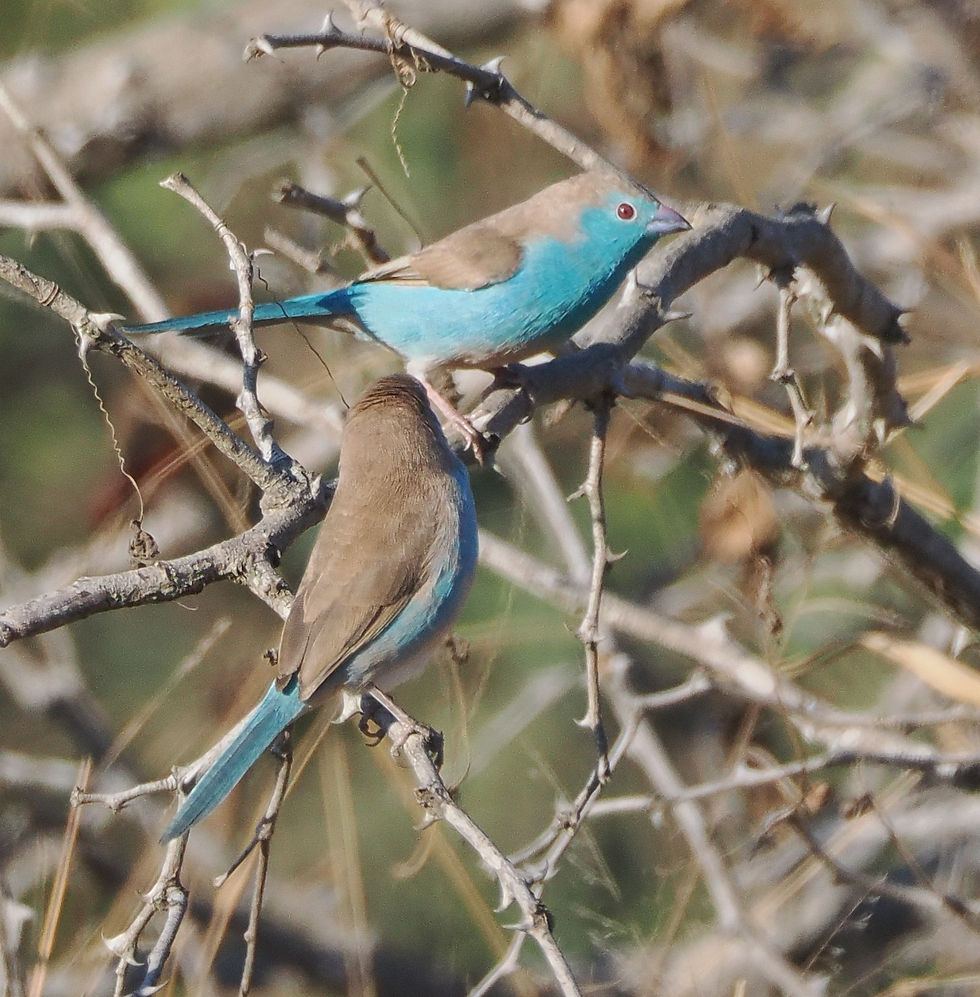
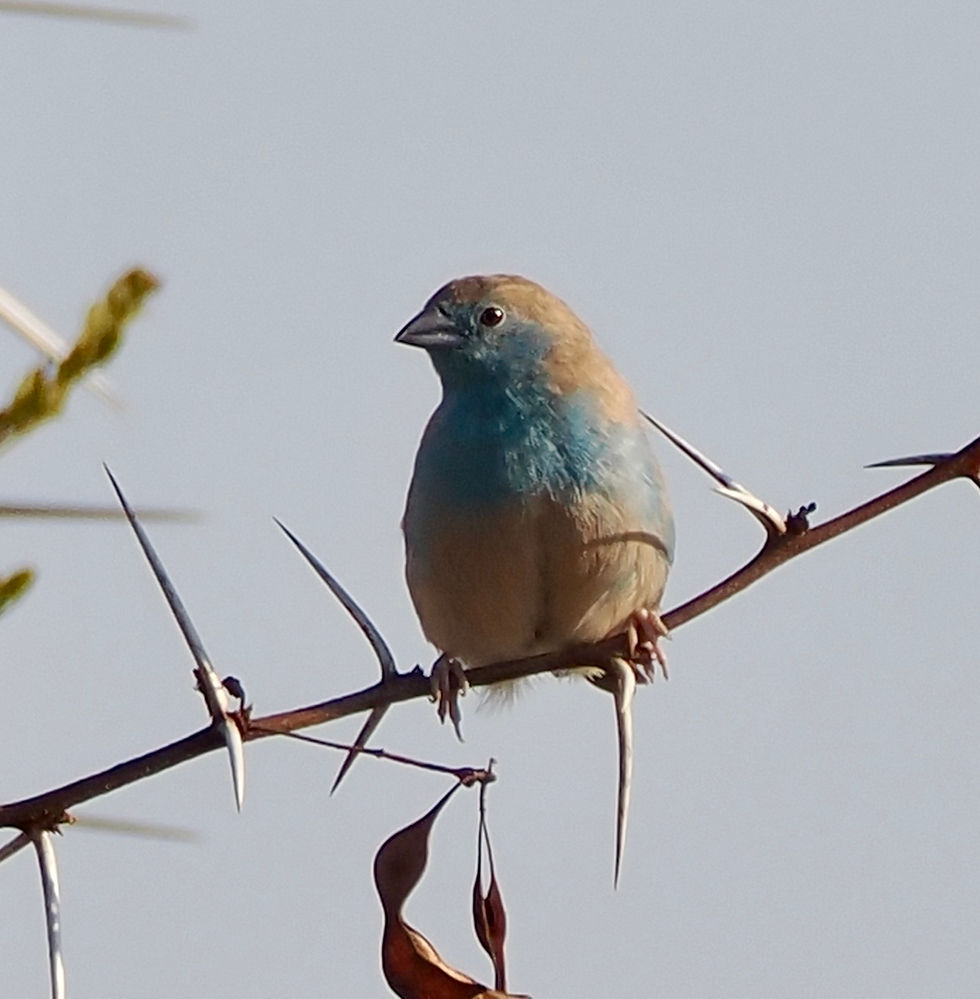
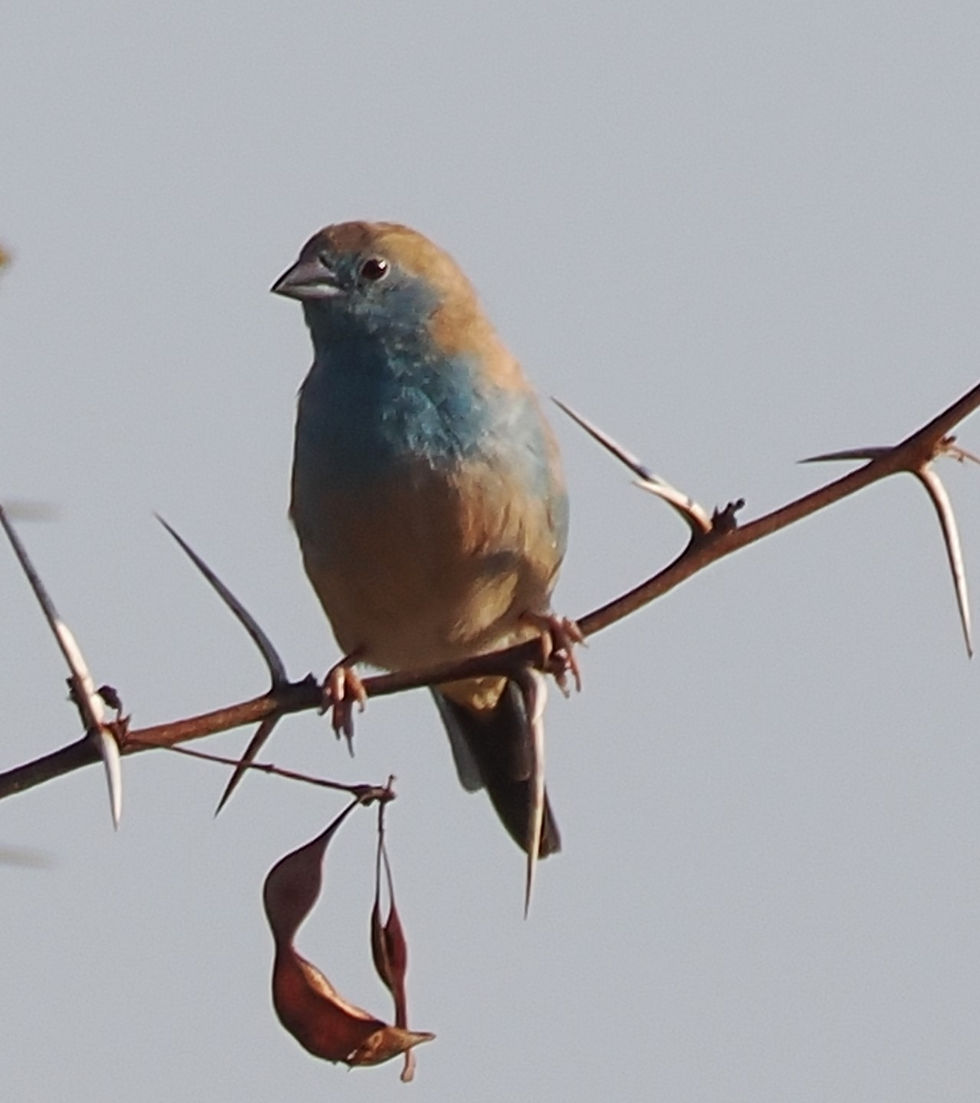
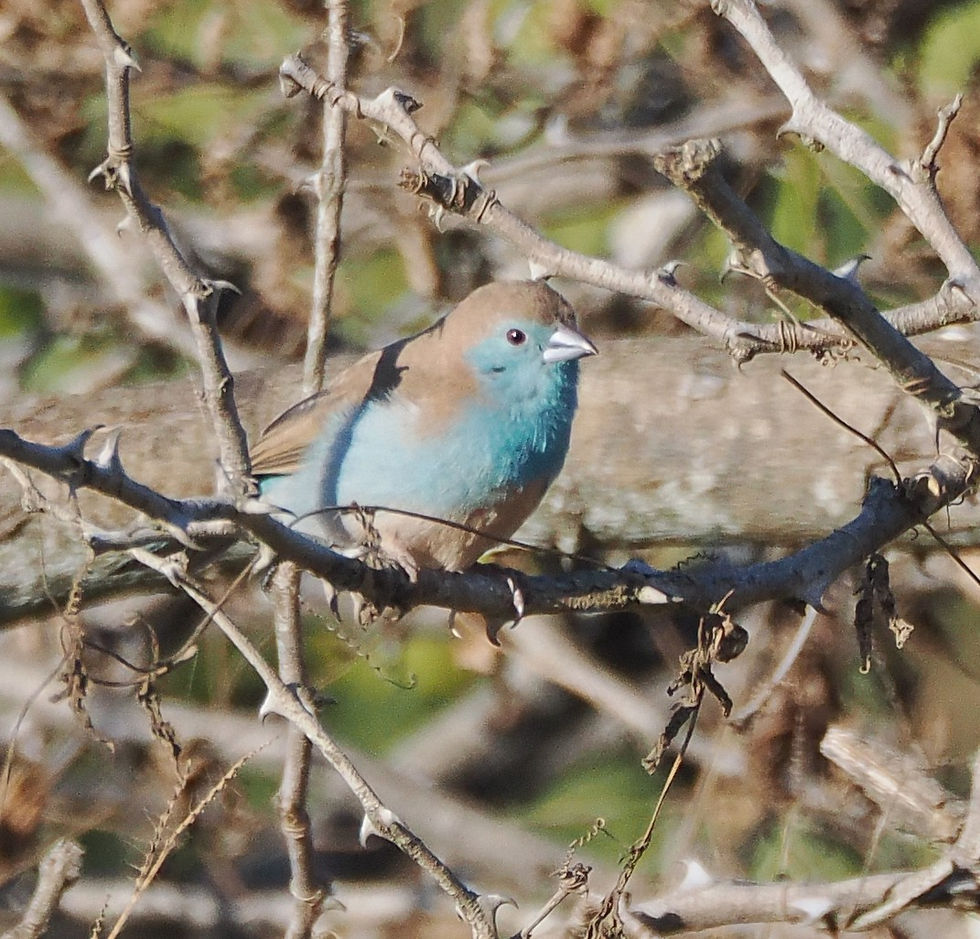
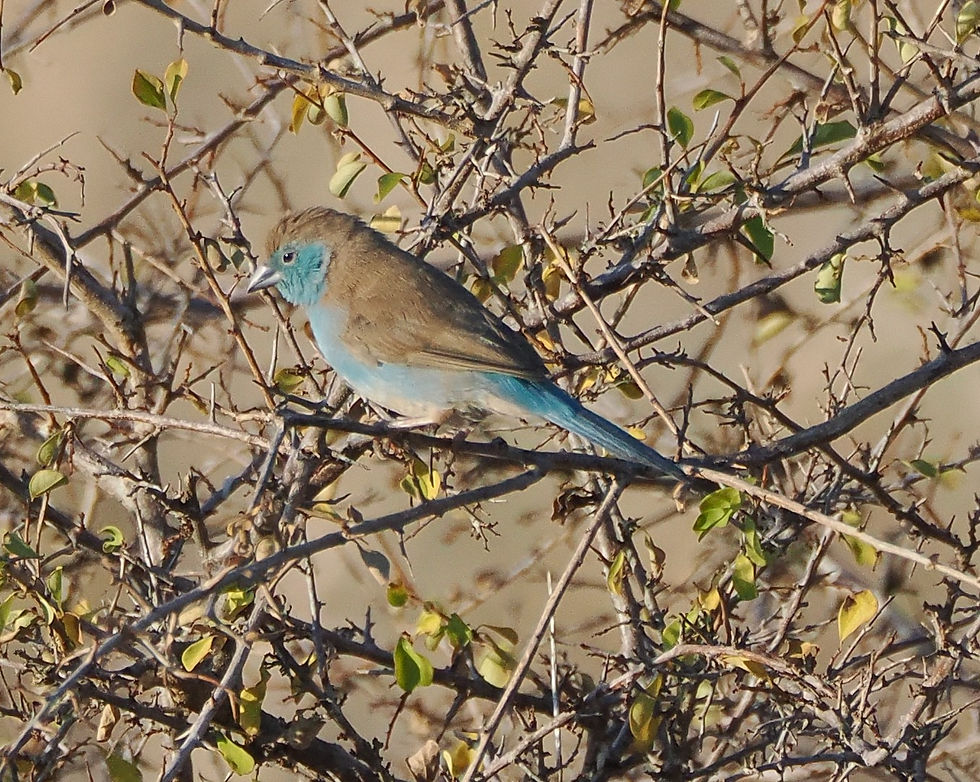
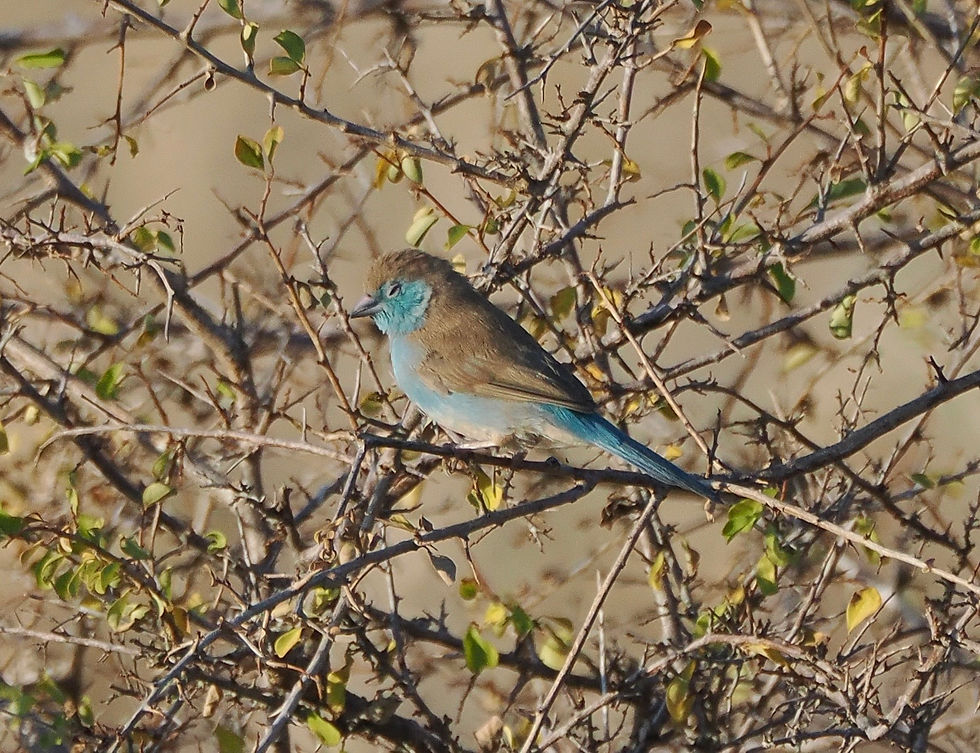
Common Waxbill - usually gathers in small flocks, its streaky breast resembles a Cuckoo with a sometimes hidden bright red streak down the underbody.
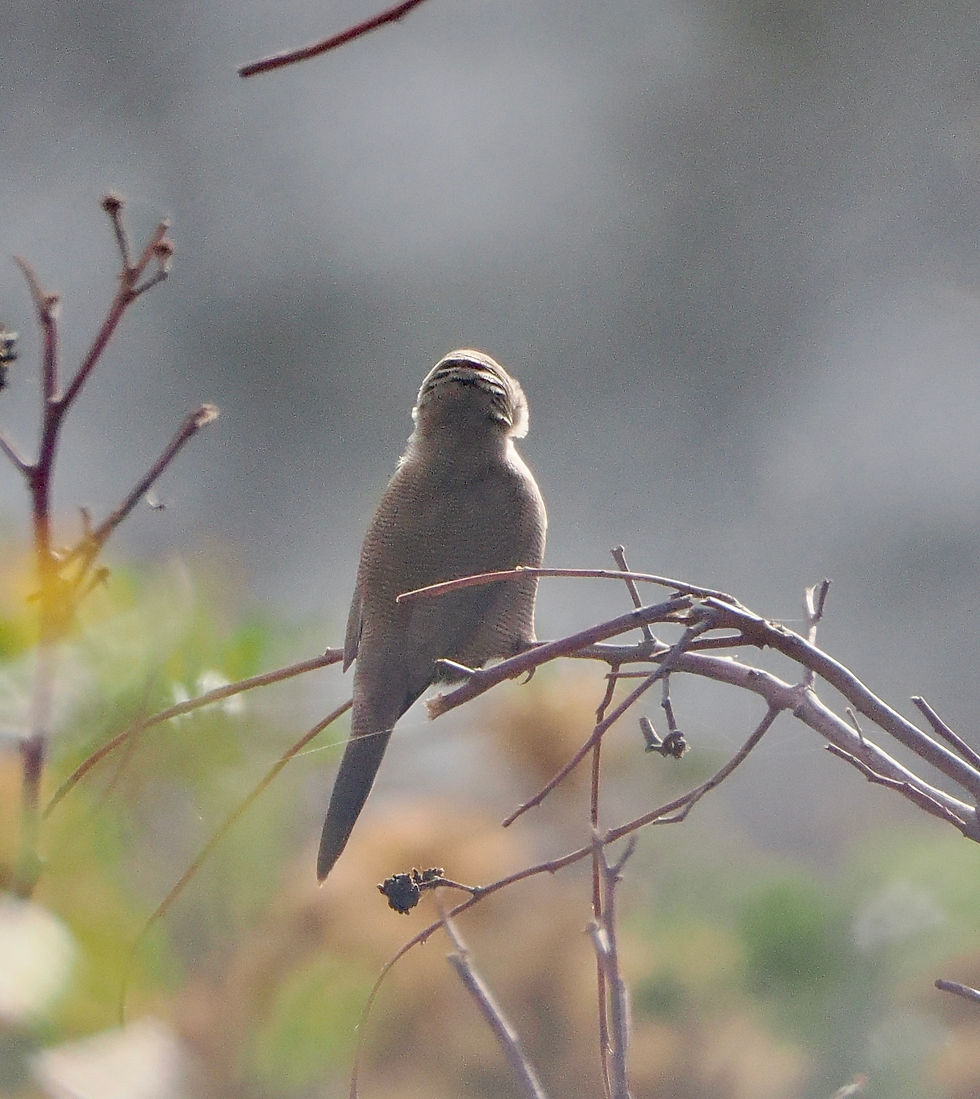
Long-billed Crombec - Blue-gray & orange in an odd scruffy ball-shape. Long curved beak -- it like to eat spiders.
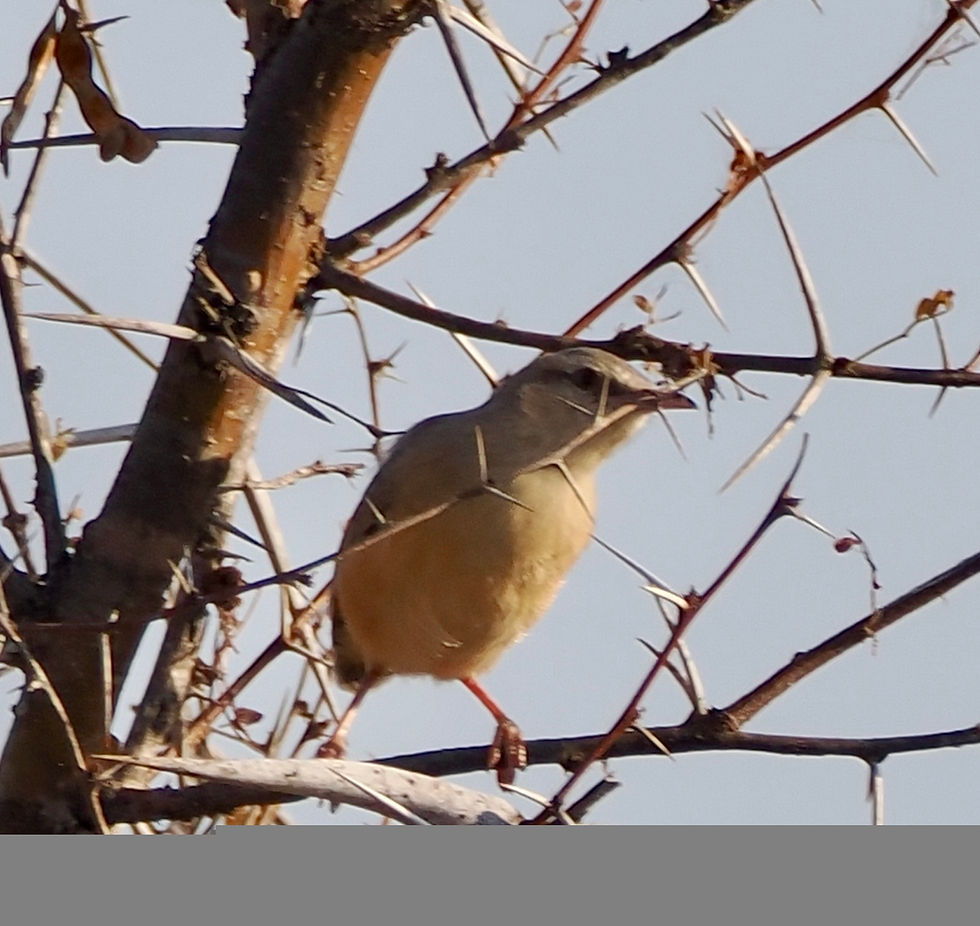
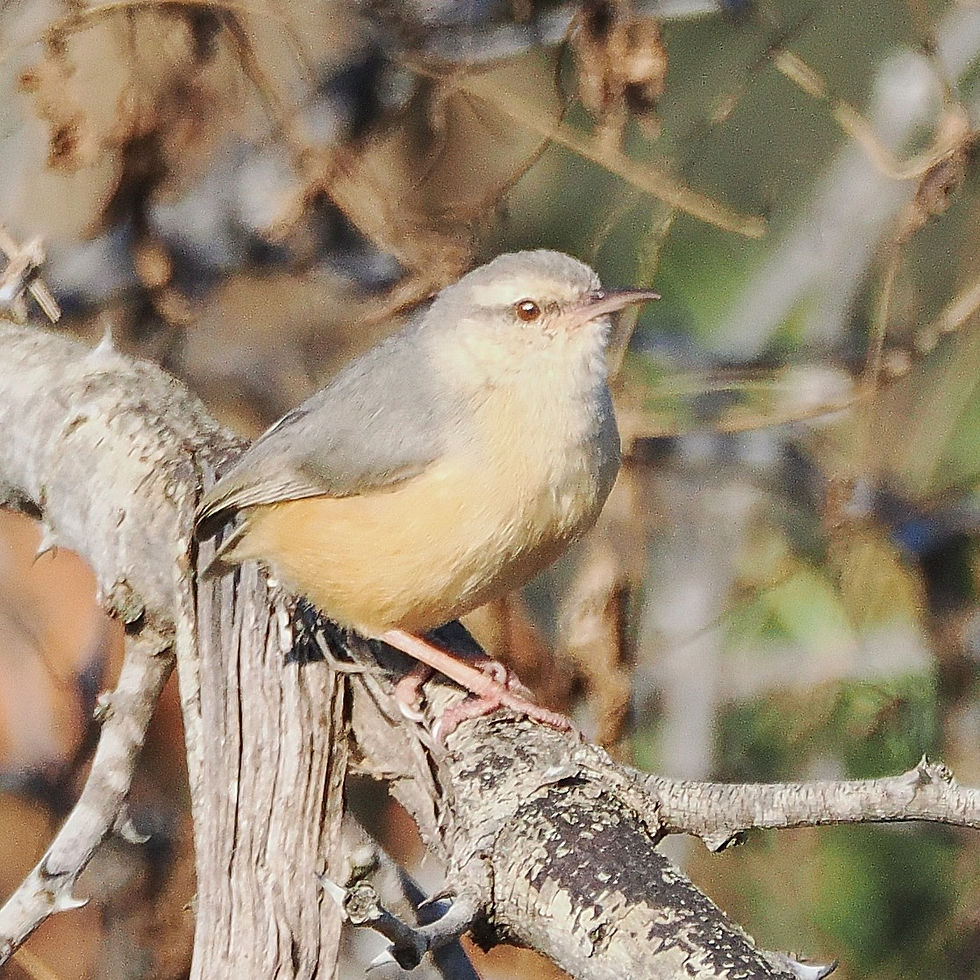


Yellow-breasted Apalis - Another bird party attendee active in the lower canopy. Handsome, aggressive, inquisitive, noisy little woodland bird.
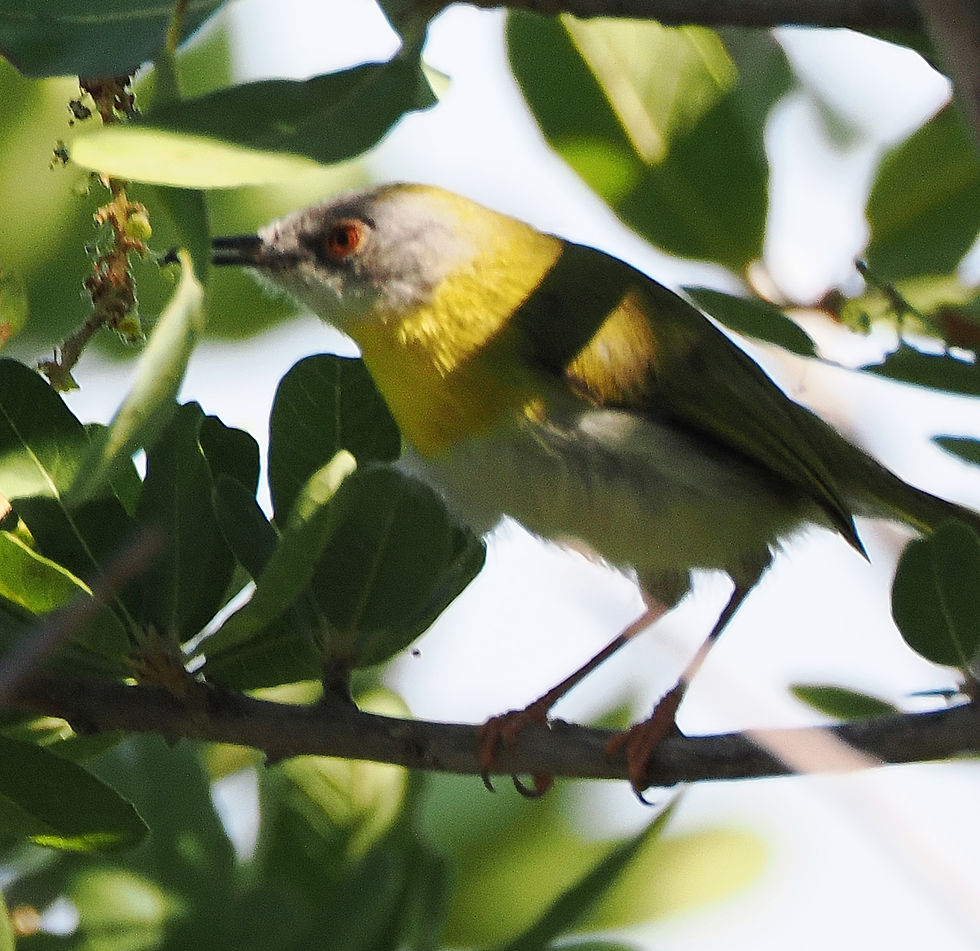
Wire-tailed Swallow - the "wires" stream from the tips of the tail and they are so thin, you often cannot see them. They are almost always near the water.
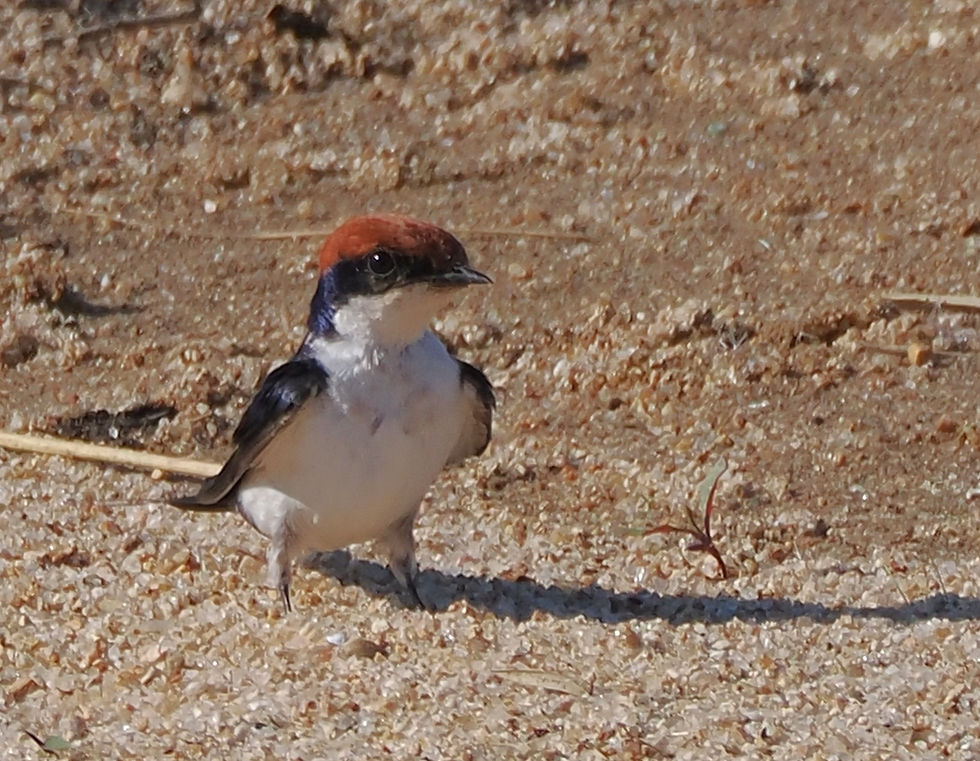
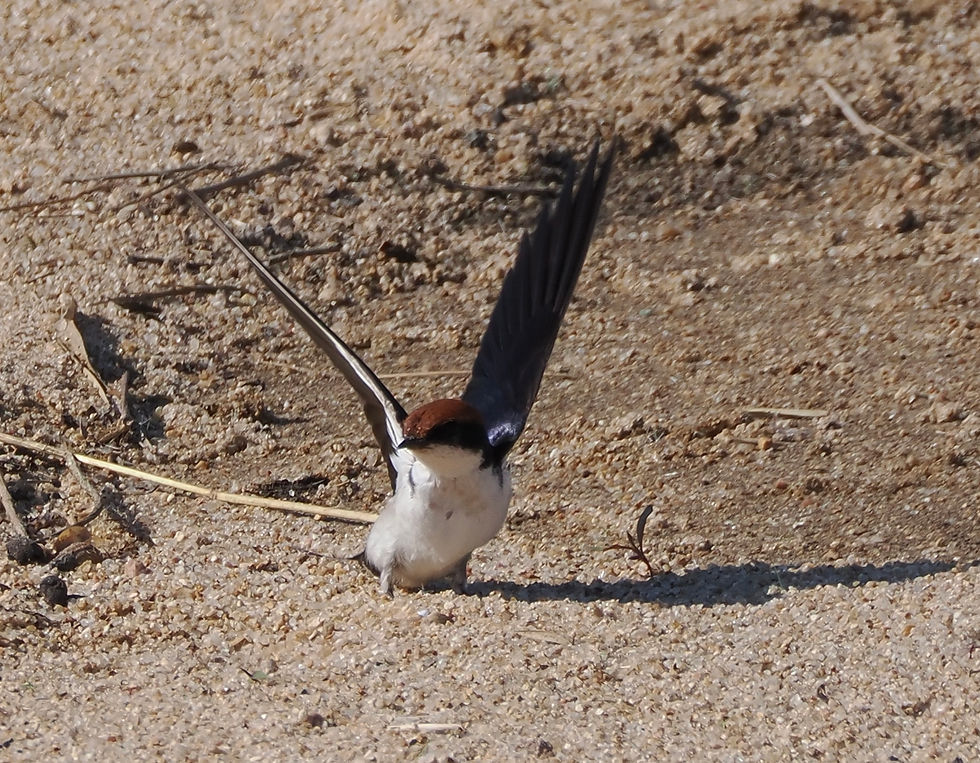
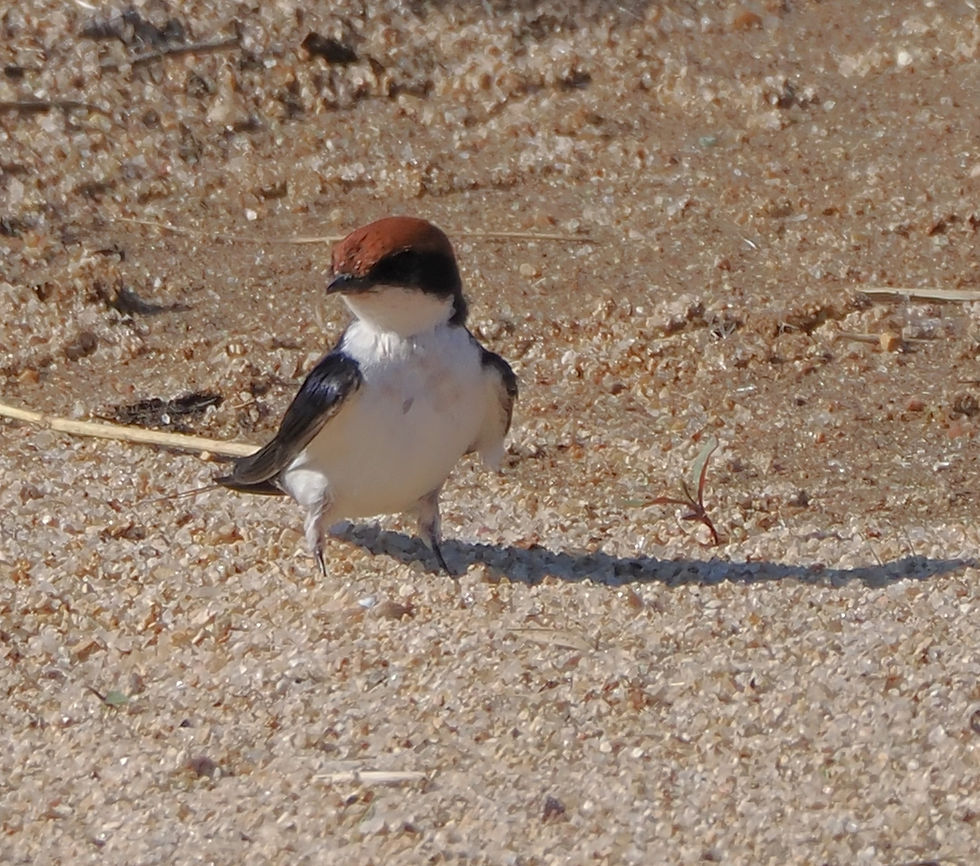
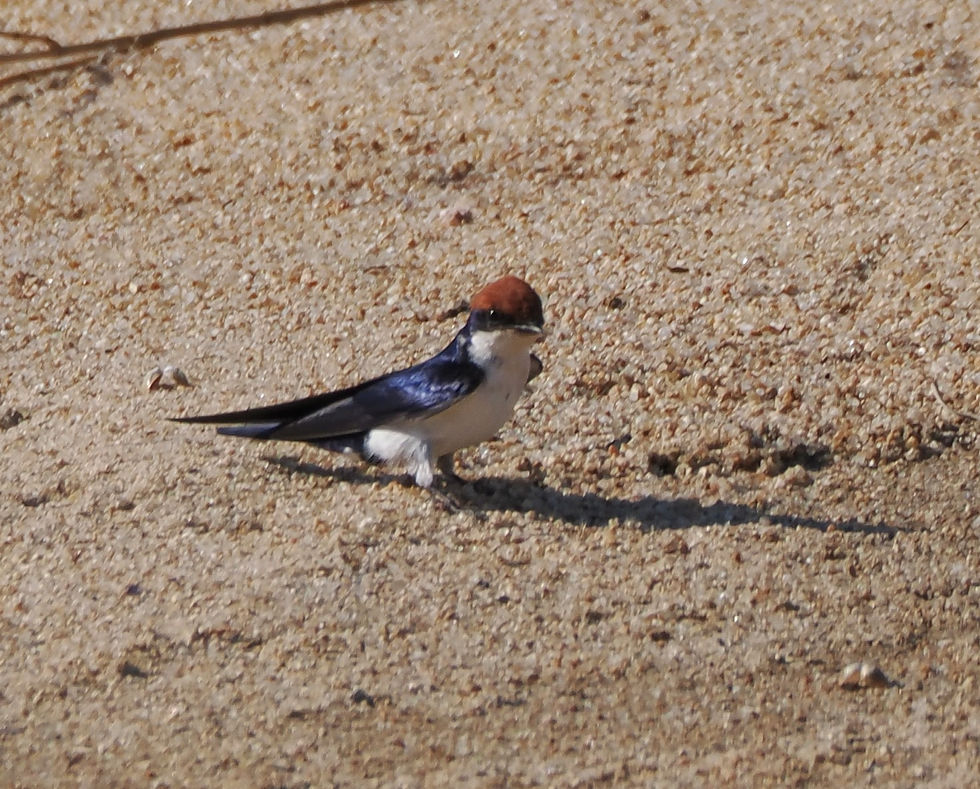
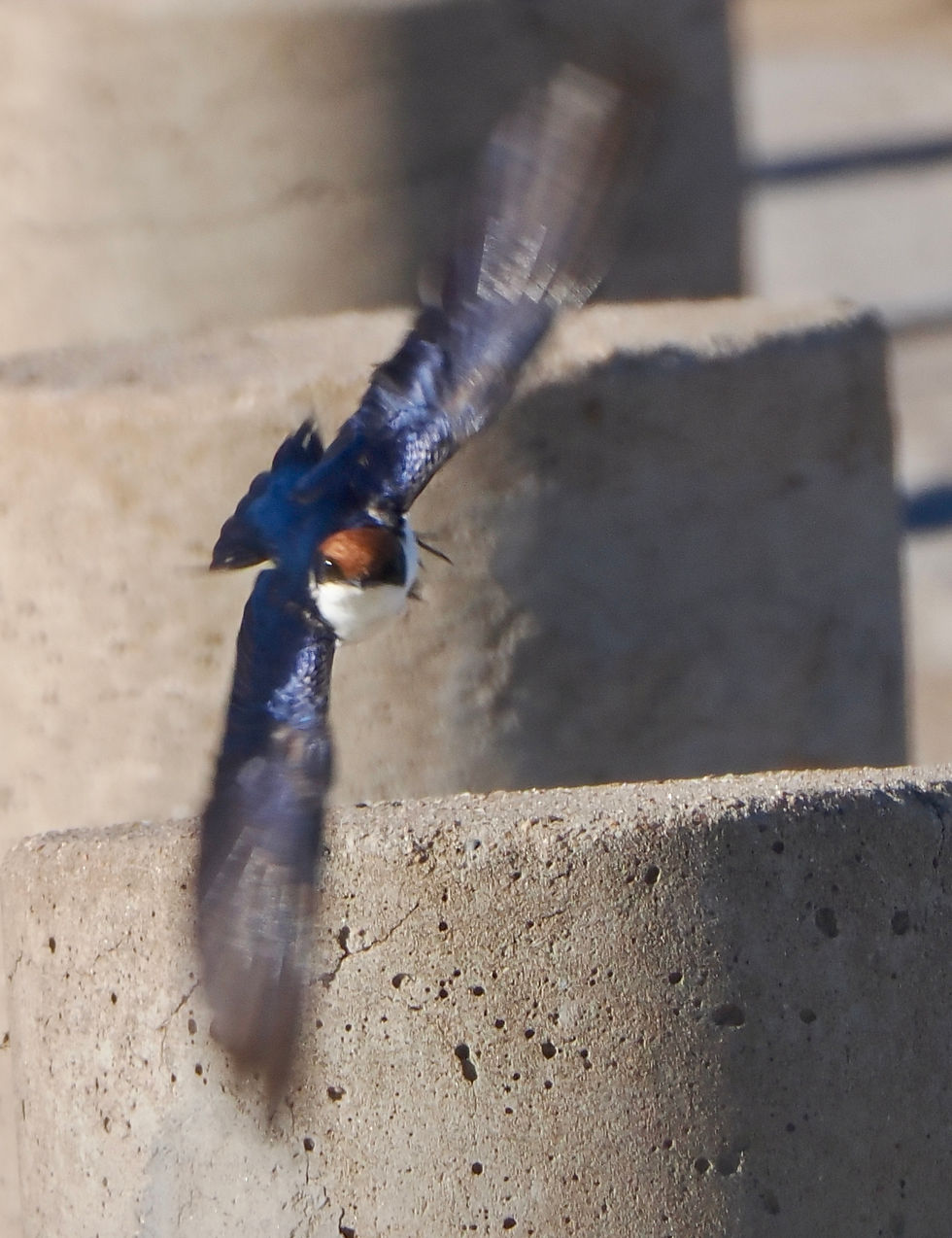
Red-billed Firefinch - Males are quite red, but females are mostly brown with a red tail and lores.
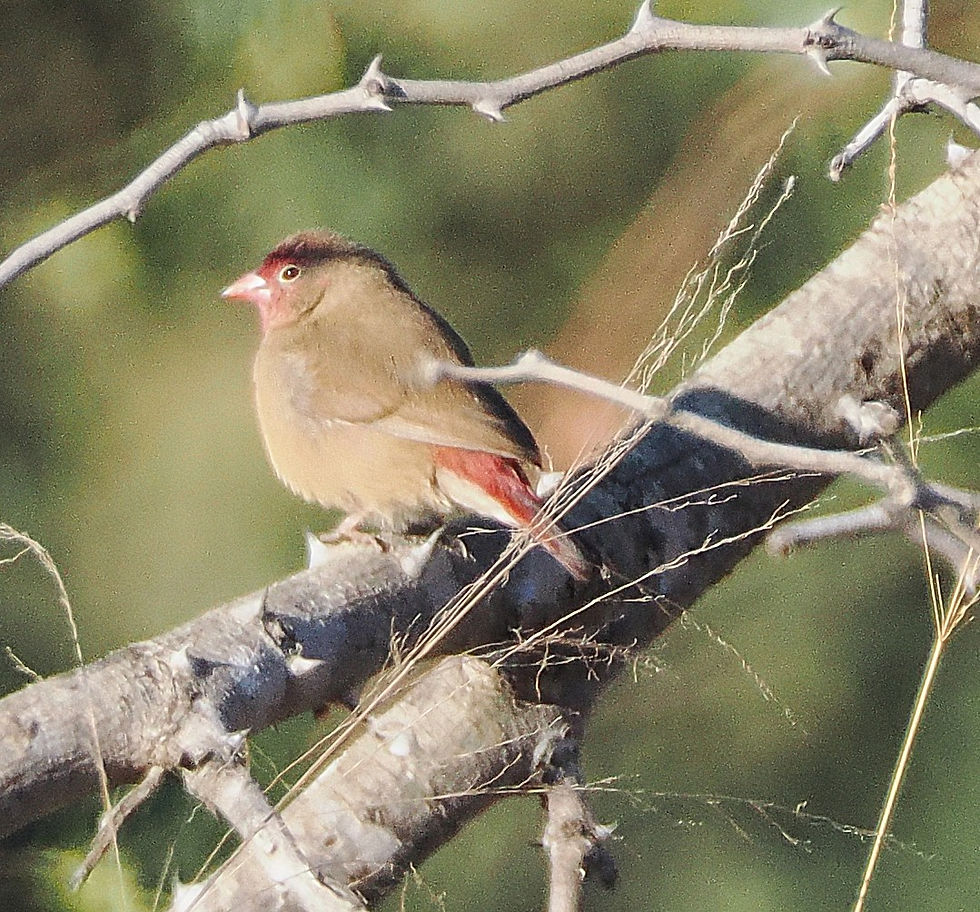
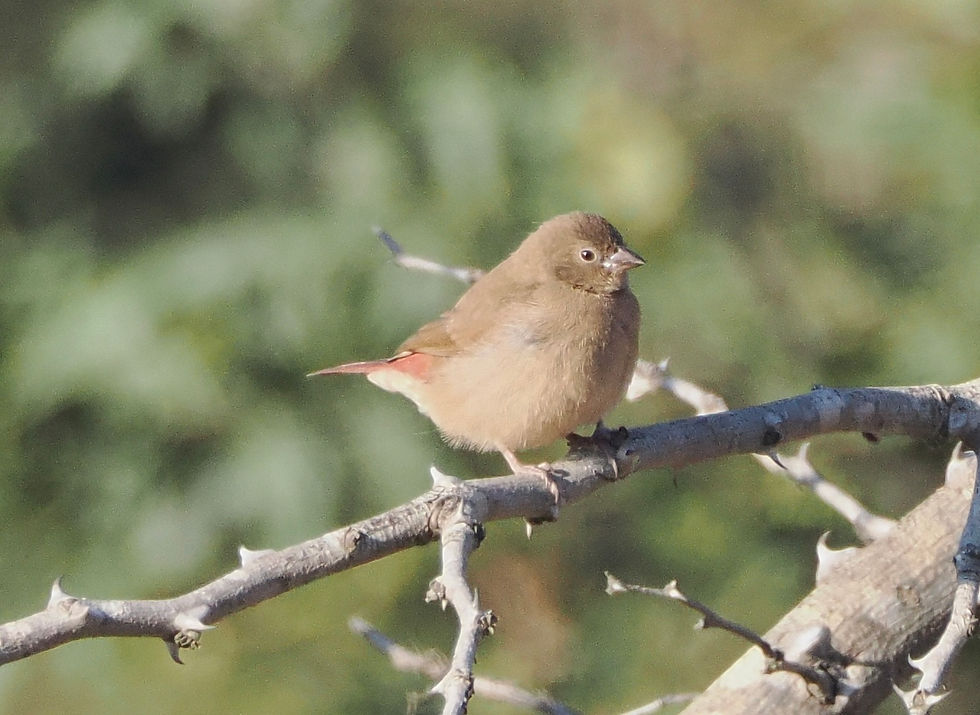
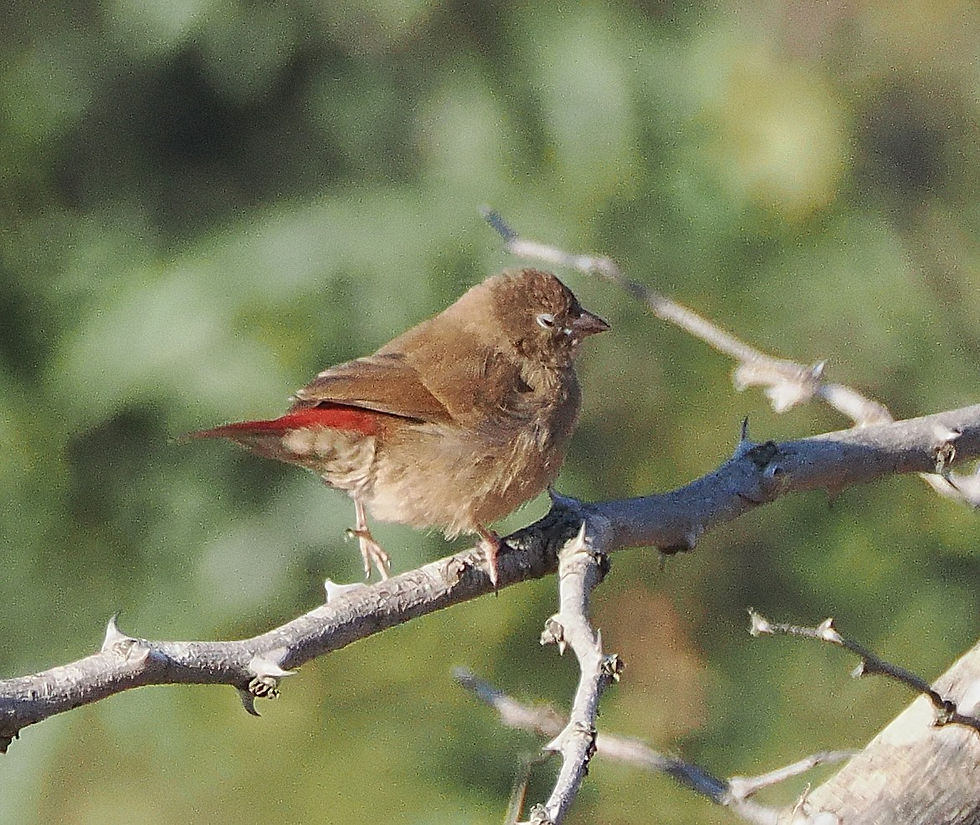
Rattling Cisticola - pronounced Sista-killer (with rap inflection) this species is the most common one in the Bushveld. I was lucky to get a number of good photos this time.

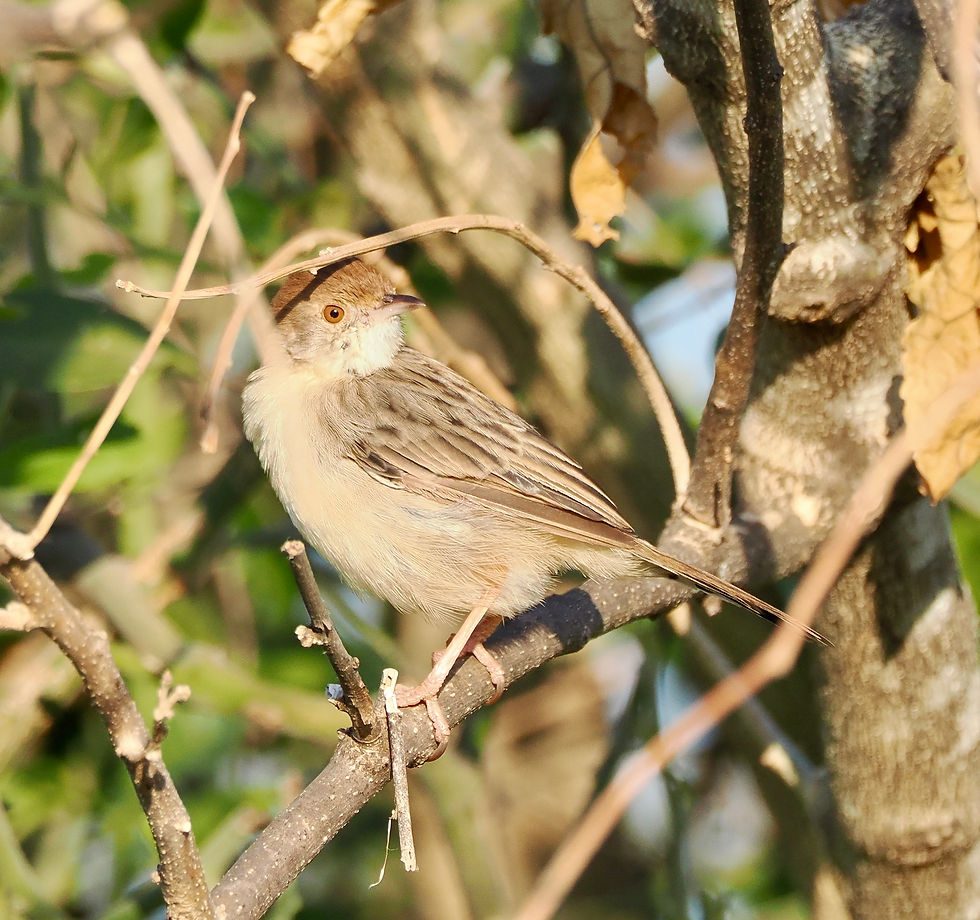
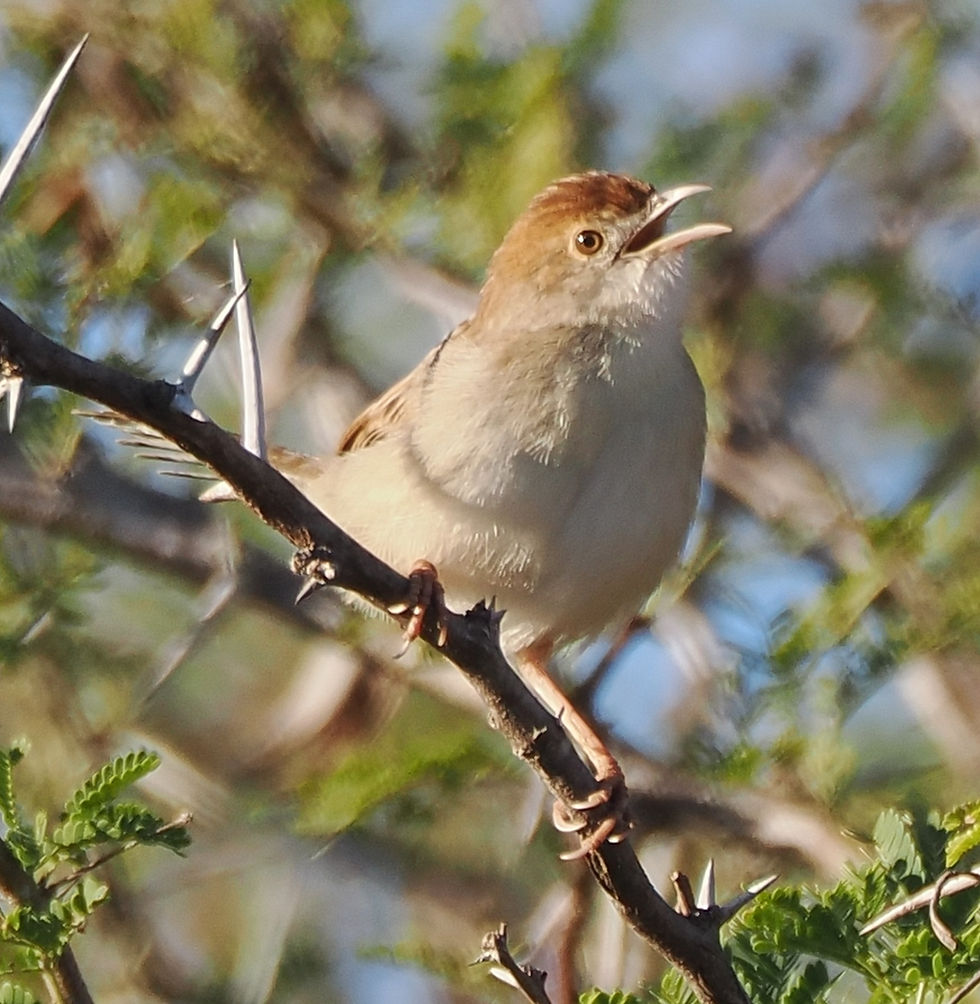
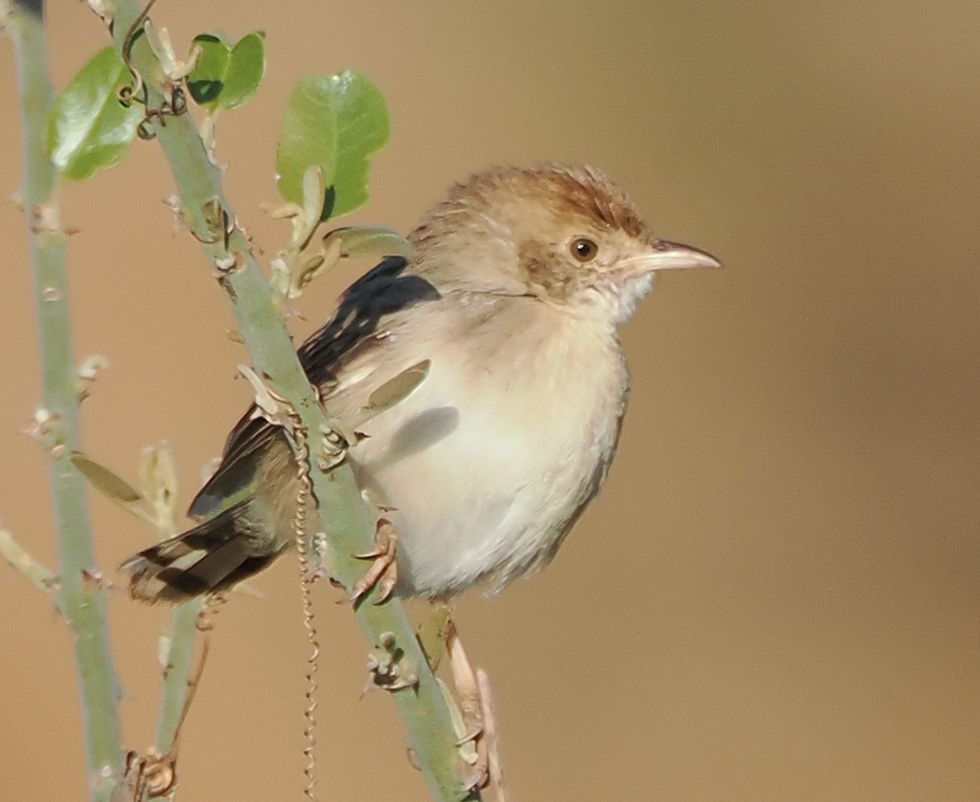
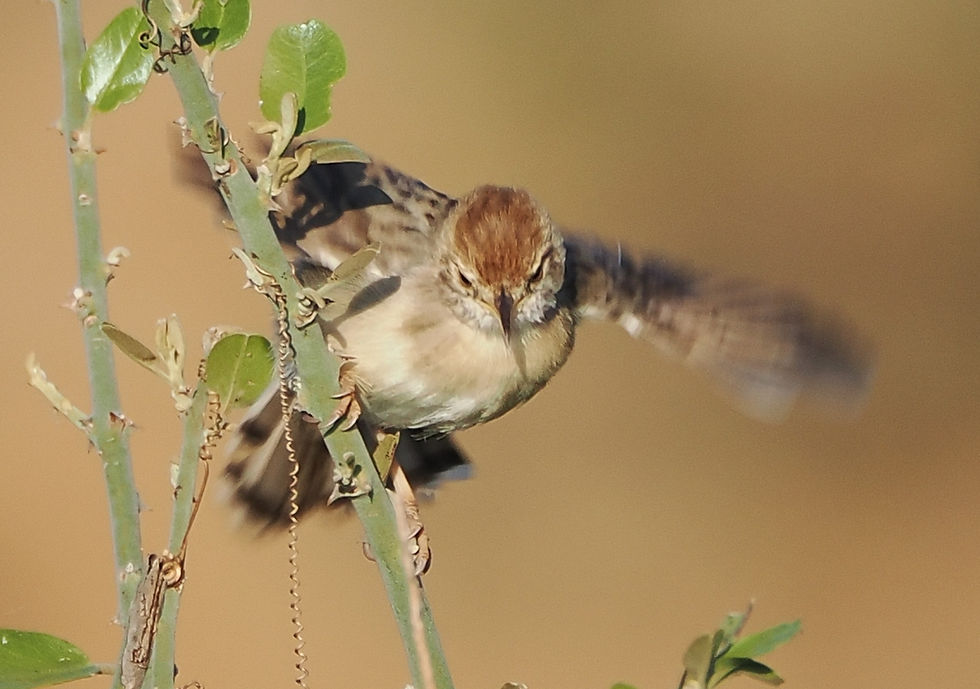
Zitting Cisticola - easiest to ID based on its flight call, it Zits on each dip in flight. Sits very tall in perch.
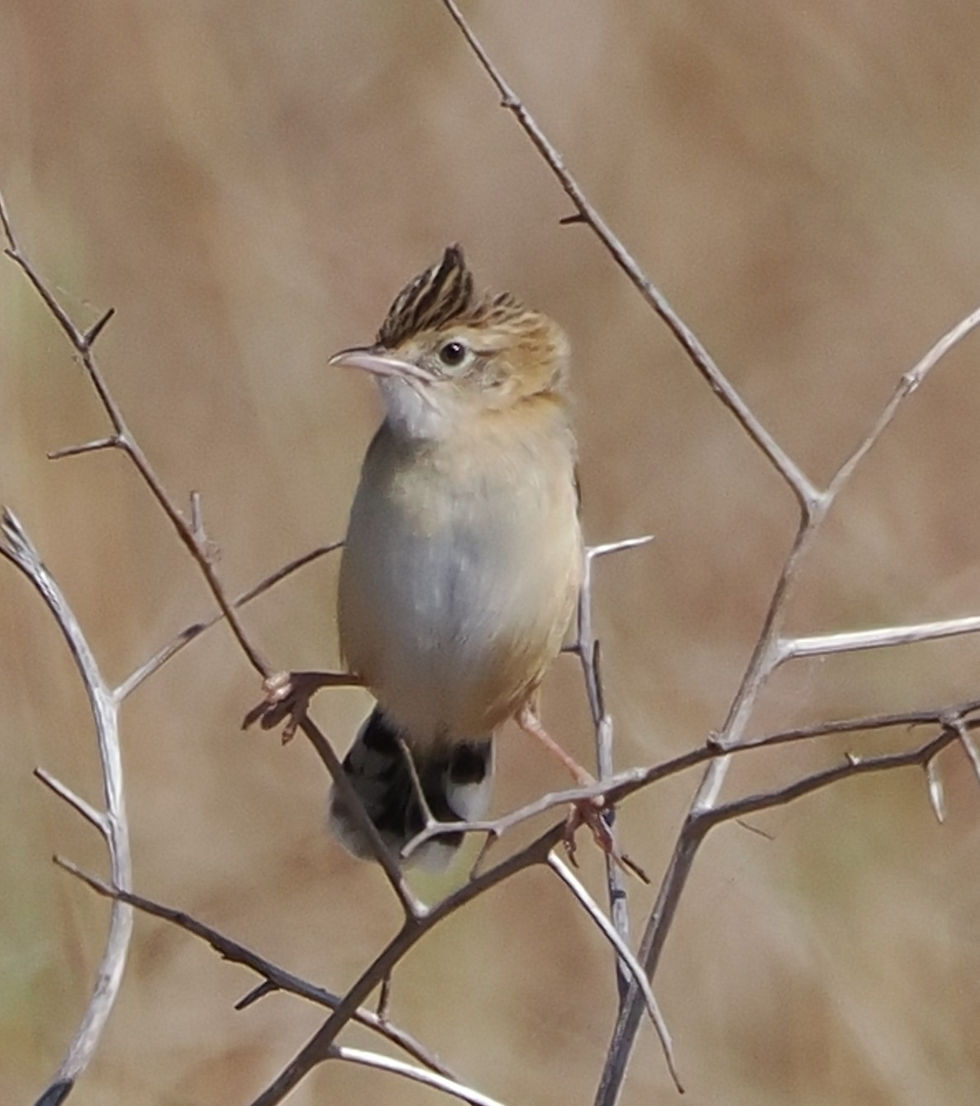
That's it for the birds -- fitting that we send with the tiny ones.



Comments